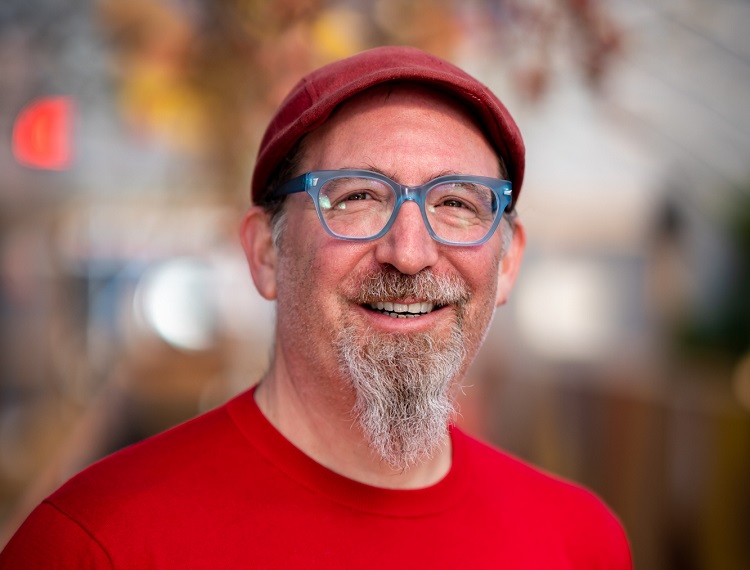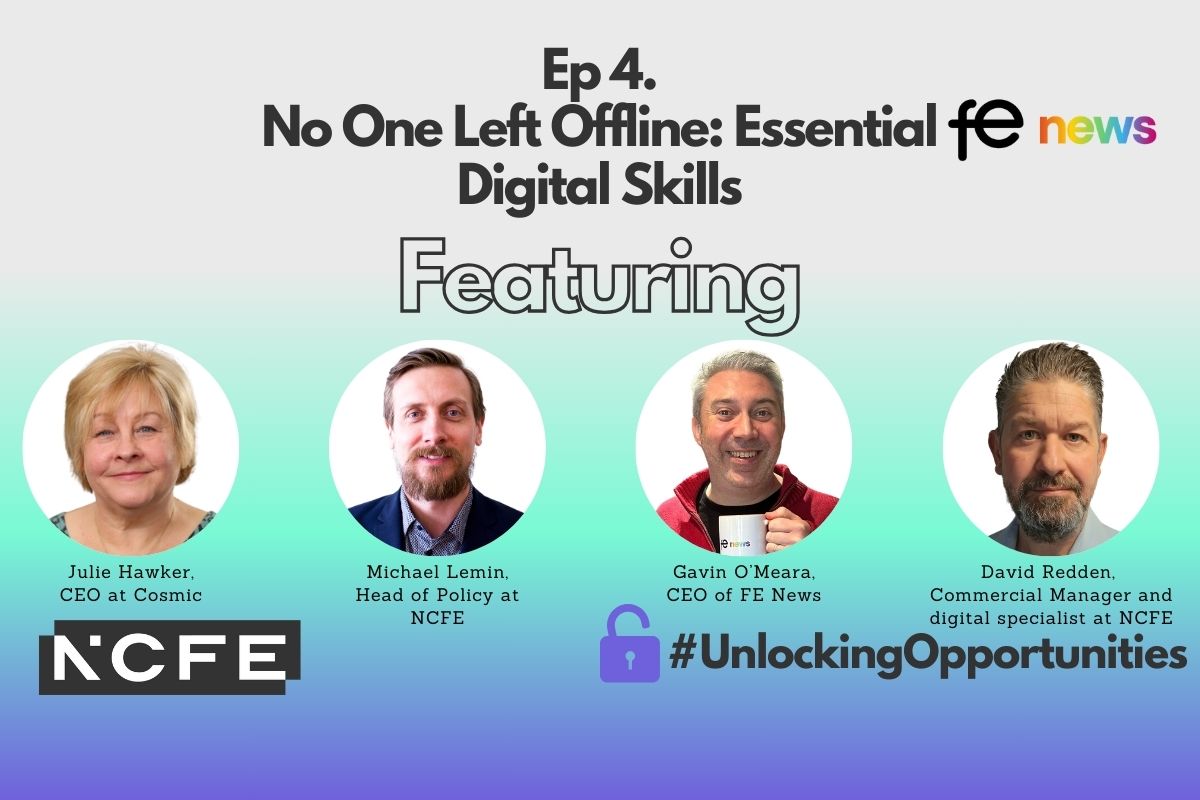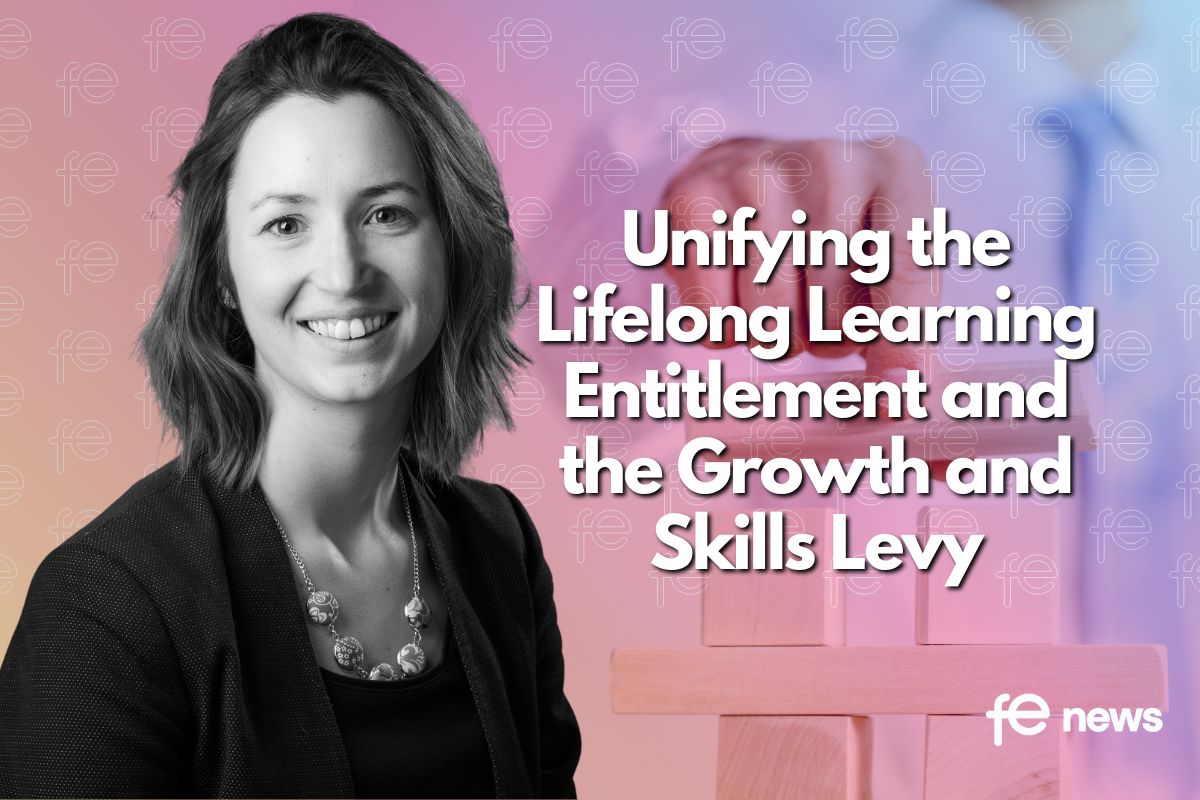Ten years of the School of Communication Arts: Looking back and forging ahead

How does the School of Communication Arts (SCA) differ from, say, a university education?
We are following in the footsteps of the great creative educator, and founder of SCA, John Gillard. John came from an illustrious career inside arts universities, where he always felt the focus was too much on HOW and not enough on WHY. He wanted a school that focused on helping each student learn WHO they are and WHAT they can bring to the creative advertising professions.
This means that we focus on the development of each student and their employability. We do this by trying to understand each student so that we can help them to channel their voice and their intelligence into work that appeals to their sensabilities.
We can do this because we are a very, very small school. Really, we haven’t grown much in the ten years since we reformed. Only about 400 students have been through our doors and we might only find fifty that we want to work with this year.
We never ask to see a students’ exam results, and every cohort is multigenerational. One of our most successful students was a 42 year old parent of four. Another was an 18 year old with the wisest of heads on their shoulders. Our selection process often feels a bit like an X Factor audition.
It’s probably the reason why we turn out so many stars. Over 80% of our graduates get top jobs in top agencies, and our little school wins more awards than giants with thousands of students.
What kinds of qualifications do you expect from your applicants?
We’re not like other educational providers in that we don’t believe a person is the sum of their past qualifications. What we want to see from potential students is their drive, creativity and passion to succeed.
We’ve had dyslexic writers who hated English lessons at secondary school discover their voice at SCA. It helps that we’ve got an incredible poet and a top comic on our faculty, because they show how words can make people feel things.
We’ve had students arrive without the ability to draw a pair of curtains, and leave as award winning art directors. We know how to spot talent, and how to nurture it.
The SCA is now ten years old – what are some of the School’s highlights from the past decade?
Firstly the 120+ scholarships that we have been able to get funded, bringing some incredible people into the industry who wouldn’t have had the opportunity without it. So far. I pinch myself whenever I see the scholarship number increase. I won a scholarship to study under John in 1993 and have never looked back. I truly believe we can generate thousands more creative proffesionals now that we can reach people through our brilliant remote learning programmes.
Secondly, I would be lying if I didn’t mention how proud I am that we have been the most awarded Portfolio School in the world every year since 2012.
But the biggest highlights are personal stories about lifechanging moments that our students experienced. I have attended weddings, watched students become creative leaders, and seen them travel the world and follow their dreams.
Working so closely with my students can bring heartache – we sadly lost a student to terminal illness a few years ago, and we have since created a scholarship in their memory. But we have also been able to lift students out of dangerous situations and into positions of safety and fulfilment.
In pursuit of that goal, I even adopted one student. By giving her a place to stay and helping her through the struggles of addiction, I was privileged to watch her win a black D&AD new blood Pencil and secure a place in a prestigious agency. Knowing that our School helps stories like this to happen every year is a huge and ongoing highlight.
What do your alumni go on to do once they’ve completed your course?
Most will get about six months of placements in top agencies before getting hired, although they increasingly want to work for technology and media companies like Facebook, Google and TikTok. Wherever they go, they tend to choose places where they can continue to learn how to make great work, and they continue to win the awards.
Some stay in advertising and are now in positions to hire current SCA students, which is a lovely thing to witness. Others use advertising as a launchpad into other careers, such as directing or entrepreneurship.
Looking to the future, what does the SCA have in store for the next 10 years?
The pandemic presented us with the opportunity we needed to launch our Remote Learning course, and we’ll be continuing our efforts to offer this unique course to more people on an international scale over the next decade.
This means that we’ll be able to offer spaces to prospective students who, due perhaps to issues with the distance and expense of travel, or possibly due to care work, disabilities, or other limiting factors, wouldn’t otherwise be able to participate, ensuring that as wide a range of new creatives can be filtered into the top global agencies every year.
This kind of move reflects our broader commitments to diversifying the industry and ensuring that everyone – especially those from disadvantaged backgrounds – has the opportunity to shine.
As such, we’re planning on appealing to more agency partners than ever before, with the goal of securing enough funding to help us achieve our ambition to share thousands of scholarships over the next few years.
And what does the future of the advertising and communications industry hold for the next decade?
When I was a student in the 90s, we were only taught about Earned Media. This was limited to TV, radio, print, outdoor and maybe direct mail. Nowadays, students can actually engage with Owned Media and Earned Media too. There are so many more places for a creatively minded person to earn a good living. The problem with all these places is that they create a lot of noise, most of which is brown noise i.e. shit.
This creates opportunity for the best of talent to create work that truly stands out. The amount of channels and opportunities will only continue to diversify, which is why a diverse, creative workforce is so important.
The advertising industry is at another crossroads: It can either decide to invest in talent today, seeding a generation of talent that will mature over the next decade, just as SCA’s first cohorts have done, or it can watch the next generation of talent migrate to technology and media companies.
Whatever happens, I am optimistic about a better future for creative talent, because technology makes it easier for people to collaborate with likeminded people who want to make great work, wherever they are in the world. It’s one of the reasons why I am so excited by distance learning.
If we’ve got anything to do with it, and if we can add new sponsor agencies to our wonderful family comprising a network of over 100 top agencies and 1,000 industry leaders, the future of the industry will be far more diverse.
That means we’ll see an industry characterised by new perspectives, new heights of creative brio, and an elevated baseline for talent, innovation, and quality.
Marc Lewis, Dean of the School of Communication Arts











Responses